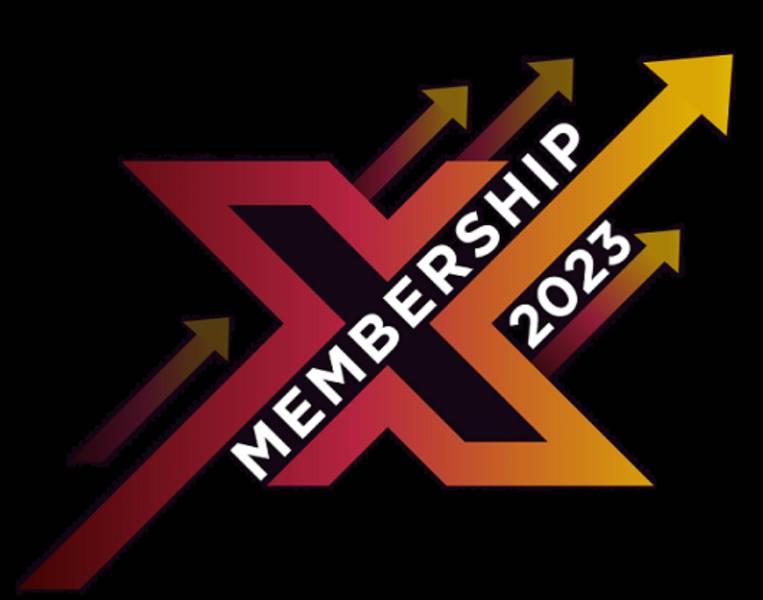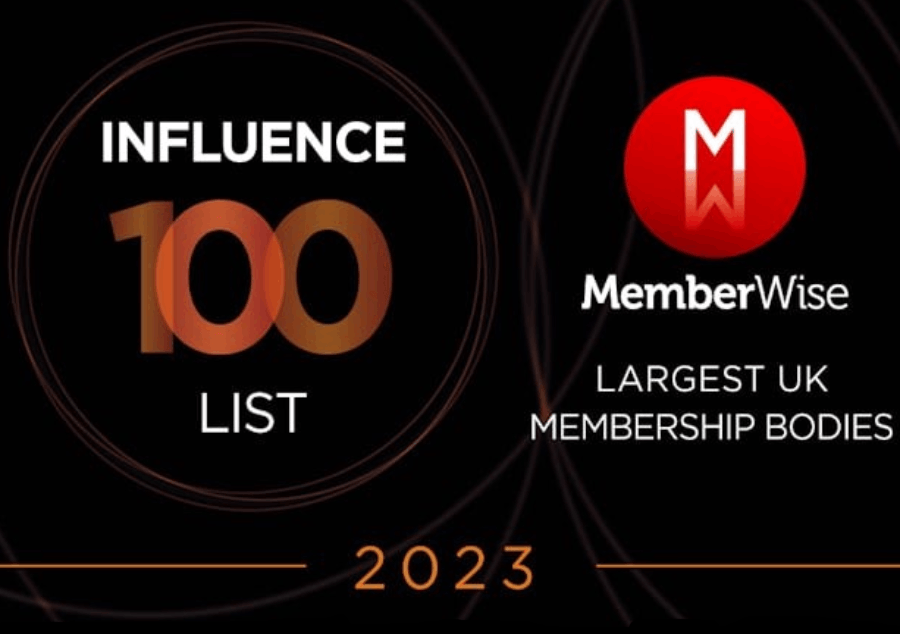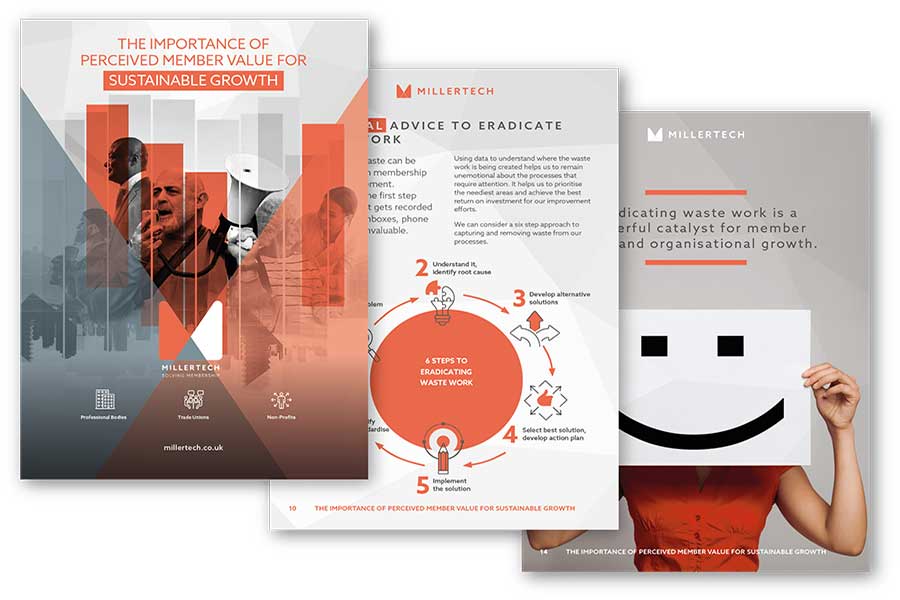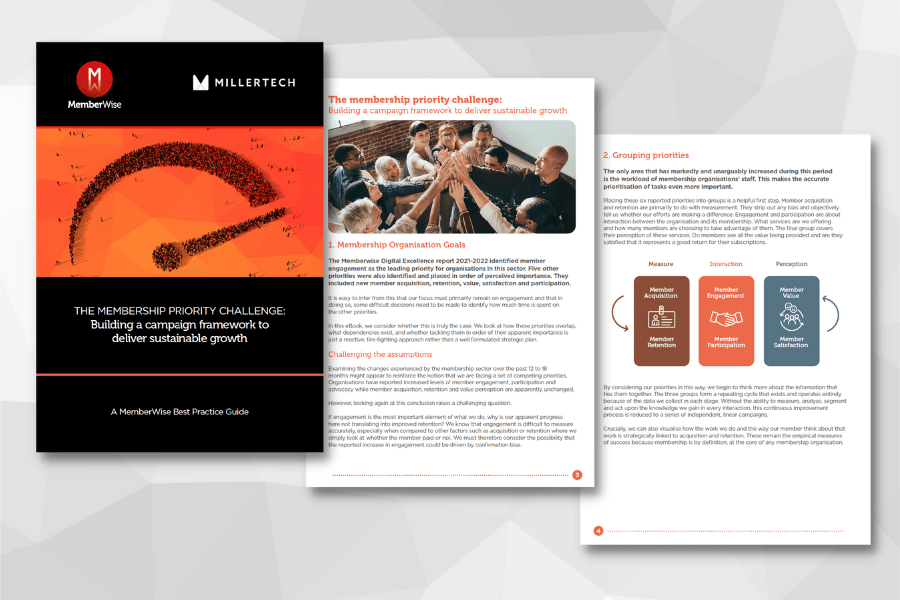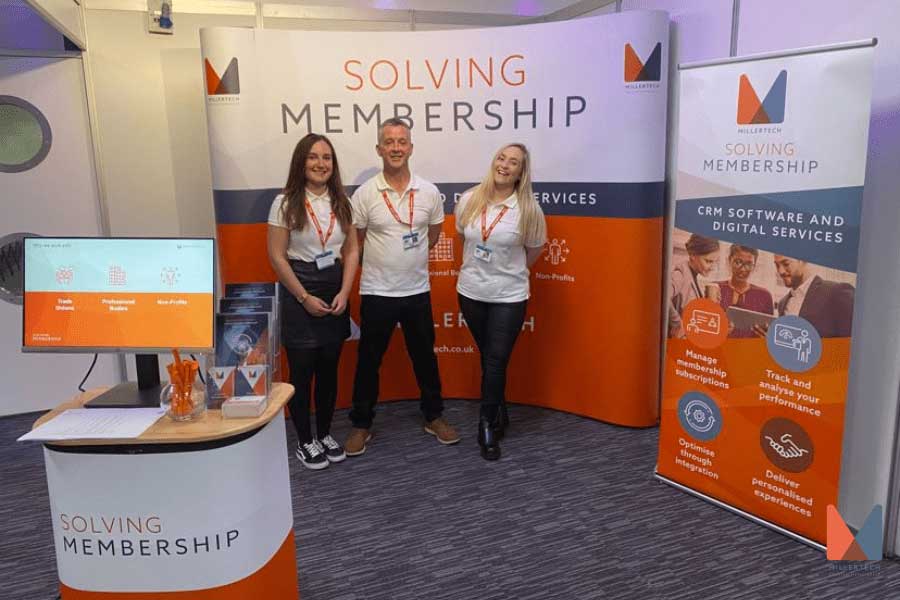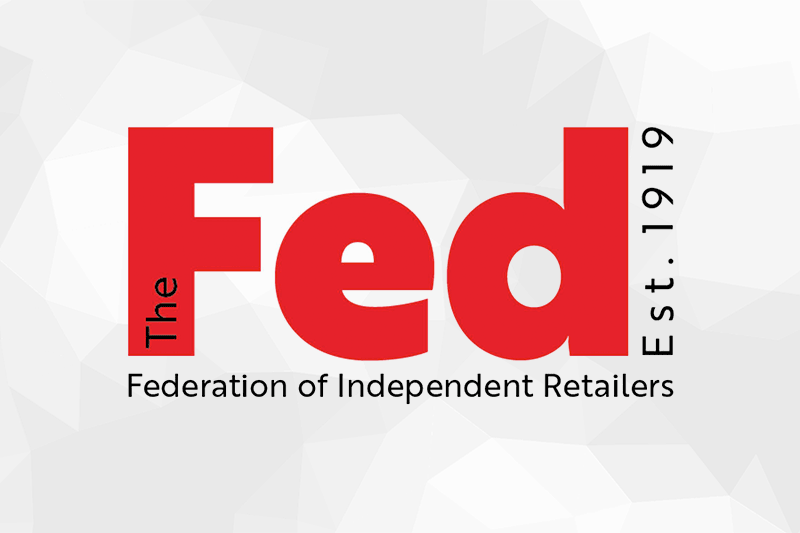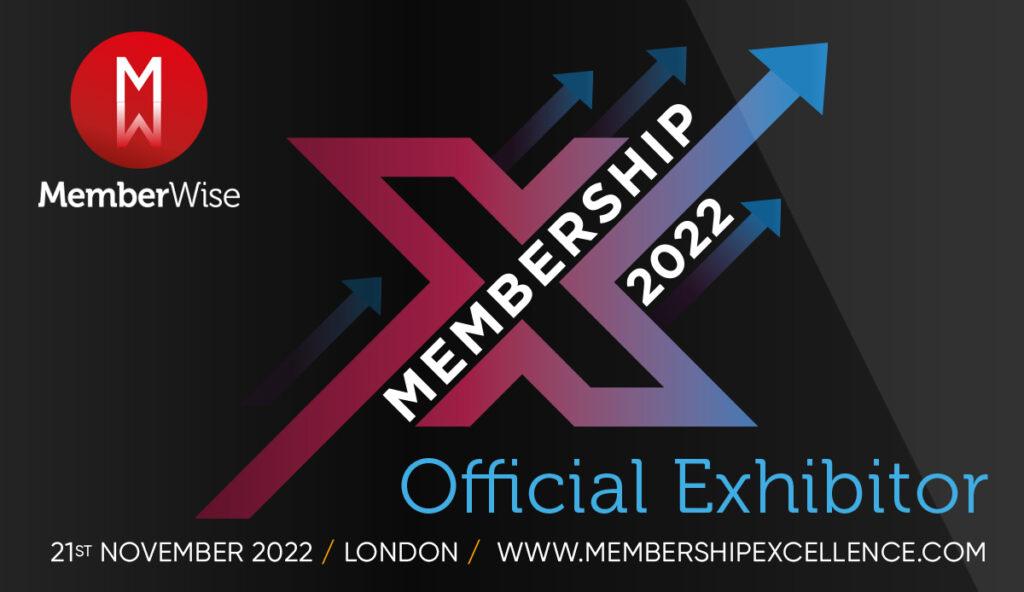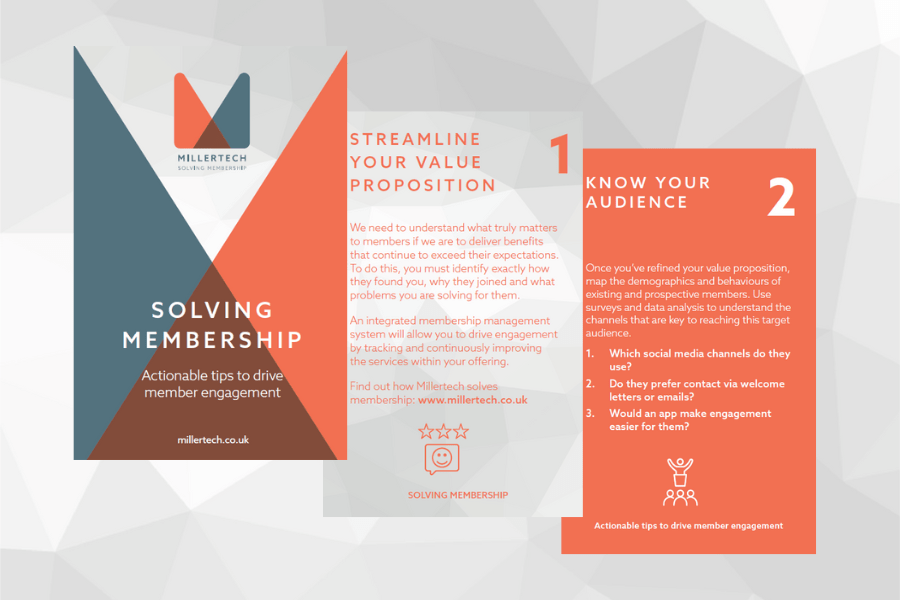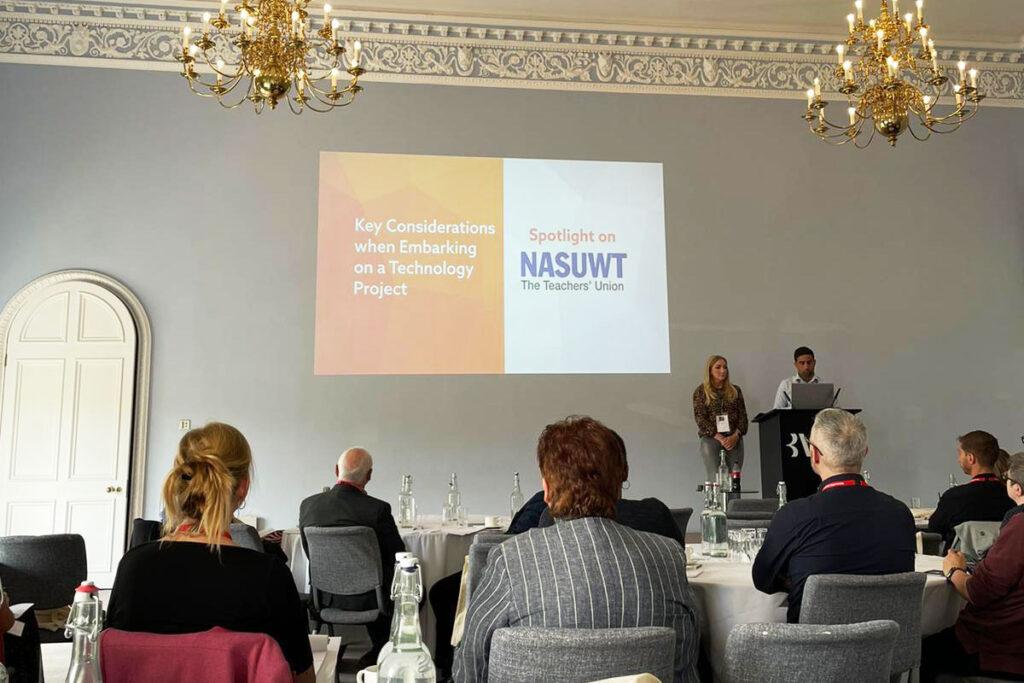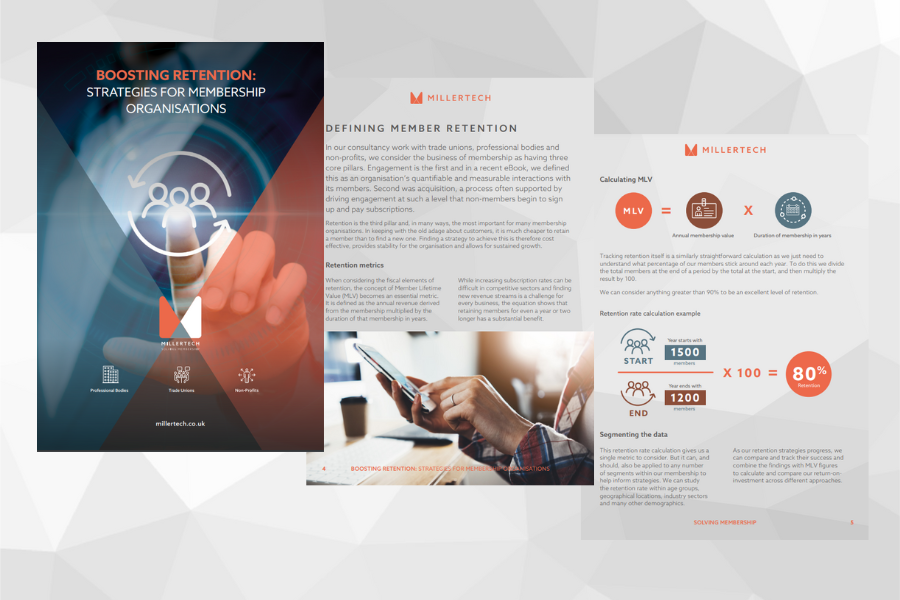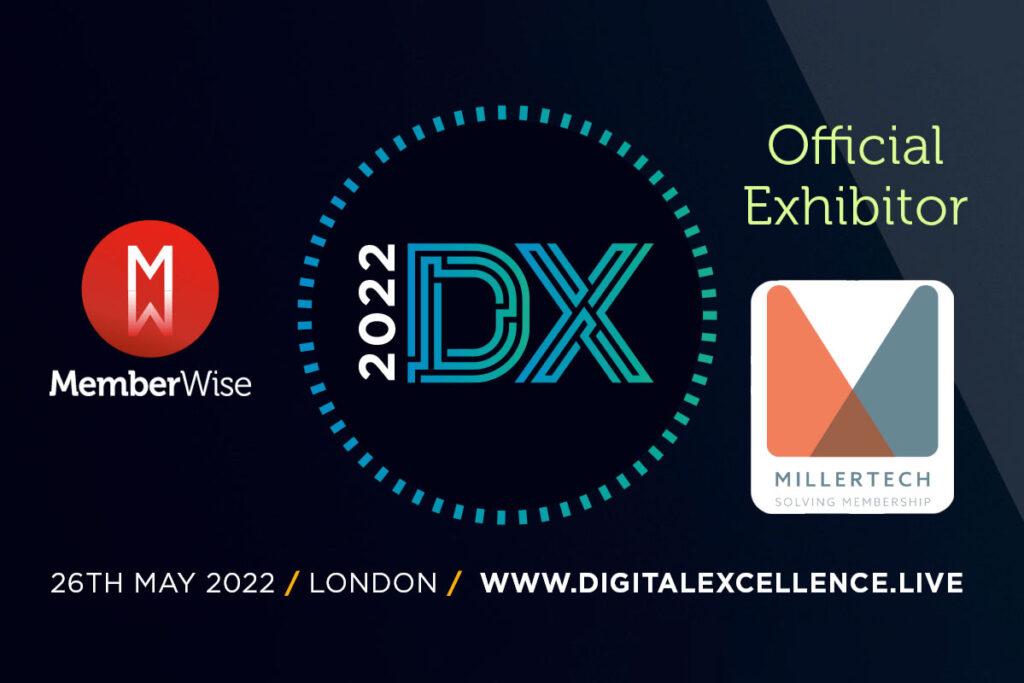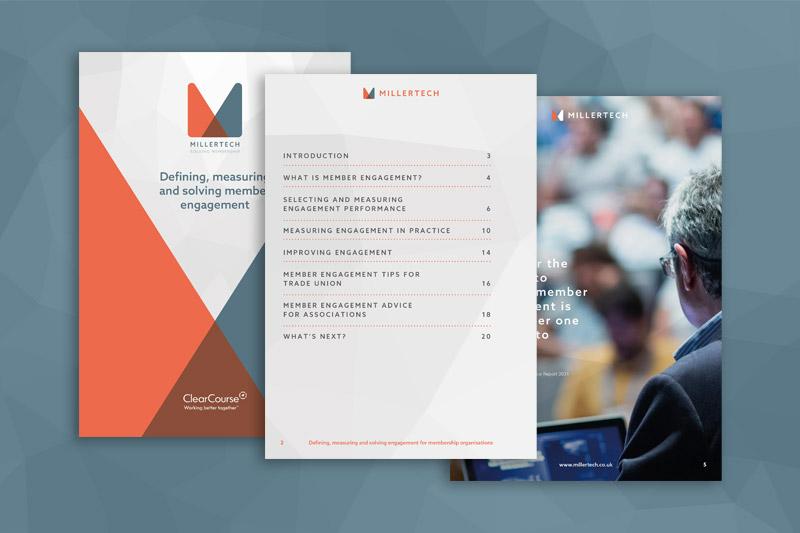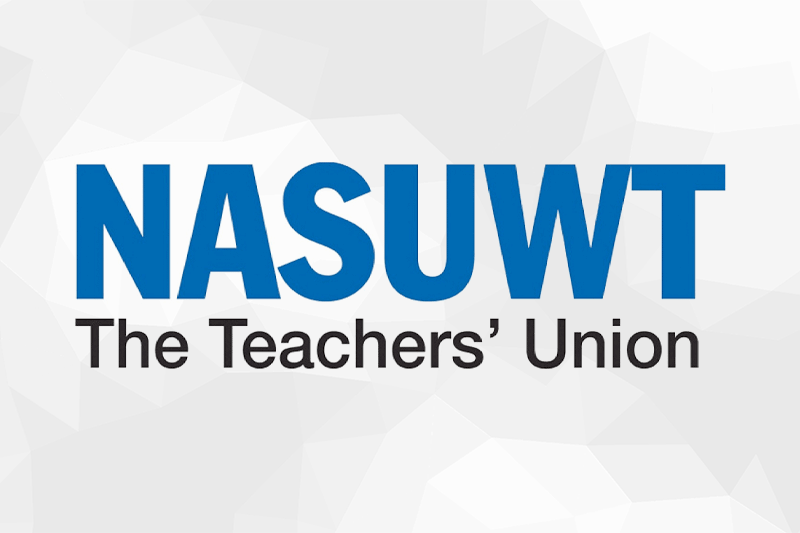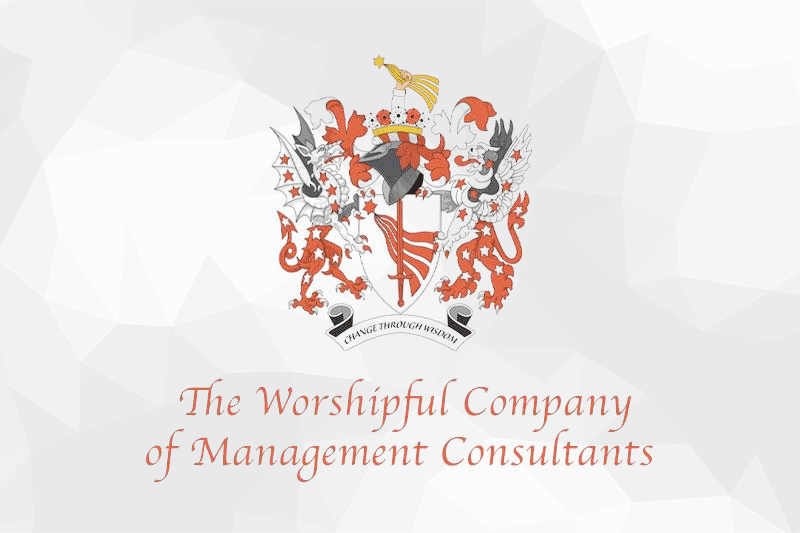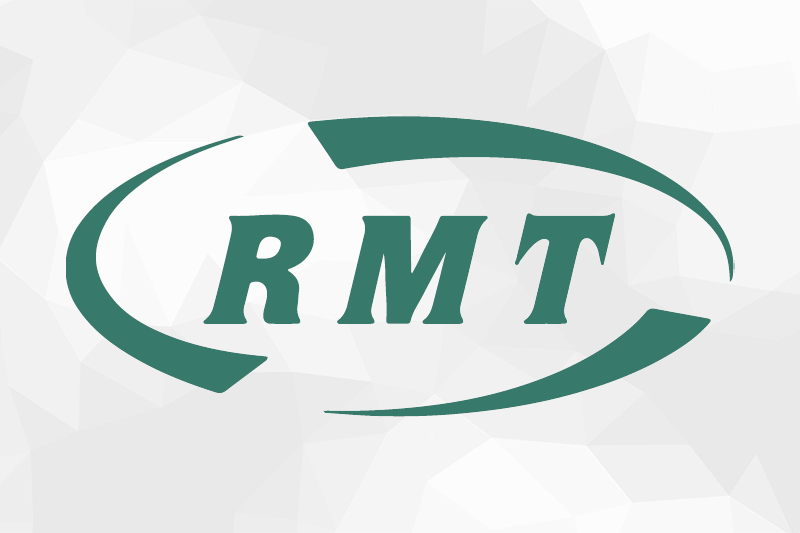How to create unforgettable member journeys (and avoid forgettable ones) – PART 3: how to evaluate the join journey.
As a CRM software specialist – and as part of our member journeys series – we’ve now explored the importance of the initial onboarding process, and outlined why a good join journey is underpinned by simplicity, accessibility and usability.
We’ve also delved into optimising the join journey in order to help membership organisations better understand how they can provide new members with the best experience they possibly can during those critical first moments.
But how do you know how successful your join journey has been for incoming members? Well, we’ve saved that for our third and final instalment of our member journeys series: how to evaluate your join journey.
Evaluate to innovate
Only by understanding your members’ join journey experiences – good and bad – can you celebrate the wins and identify where improvements need to be made. And, to do this, you really need a robust evaluation structure in place.
So, as a starting point, here are our seven top tips for evaluating your members’ join journeys.
1. What do you want to find out
In order to avoid that scattergun approach, we recommend that you define the objectives of the evaluation process in order to truly understand what it is that you’re hoping to achieve at the end of it. The tighter the brief, the more likely you are to discover insights that actually help you improve your organisation’s join journey. So, are you looking to improve the onboarding experience, boost retention or something else entirely? Make answering this the first step in your evaluation process.
2. Metrics matter
By establishing key performance indicators such as average length of your organisation’s onboarding process, user satisfaction or, dare we say it, dropout rate, you can quickly and effectively build a comprehensive picture. Through gathering specific data, you’ll be able to see where issues have arisen and spot essential areas that require improvement.
3. Beware the bottleneck
Generally speaking, the start of a join journey is defined by a series of stages that take the prospective member from one section to the next on their path towards becoming a member. You’ll undoubtedly know the key steps, such as the application forms and payment screens. But do you really understand why a large proportion of members get to a certain point and then seemingly have a change of heart? If you don’t, then mapping out the entire process from beginning to end will help you identify where and why the bottlenecks are happening.
4. Are you on the right track?
The only way to answer this question is to ask for feedback. And, in today’s world, whereby feedback and reviews are openly (and frequently) sought, it shouldn’t be too hard to come by. Whether you use surveys, interviews or focus groups – or, indeed, a combination of all three – feedback provides invaluable insights and helps determine whether or not you’re on the right track. Don’t be afraid to ask.
5. Take action
We’ve probably all been guilty at some point in our lives of gathering information and then … doing absolutely nothing with it. However, it’s essential that you actually act on any findings you’ve discovered – especially if it’s likely to improve the process and onboard new members. If you’re lucky, it may only requite a few tweaks here and there. Of course, it might also involve deeper structural change. Whatever it is, make sure you do it.
6. Keep Watch
Once you’ve made revisions to the joining process, keep your eyes and ears open by closely monitoring any changes – positive and negative – that may have occurred post-implementation. There may be enough immediate feedback to enable you to make further adjustments that help refine and further improve on what you’ve already learnt. Just keep a close eye on the results and respond accordingly.
7. Start again
Evaluation shouldn’t be a one-off exercise. It should be treated a bit like the painting of the Forth Bridge; once it’s completed, you start again. In this context, though, starting again shouldn’t be regarded as a negative. Far from it in fact. Starting again is part of the evaluation cycle which, if you stick to it, is likely to pay dividends in the long run.
Looking to solve membership for your trade union, professional body or non-profit? Contact Millertech here.



